Before I moved to Dalmatia, I probably used about a litre of olive oil a decade, and I am not even sure that I could have identified in olive tree, so poor was my knowledge about a product which has become central to my life in Dalmatia over the past decade. It was something I was pondering as I was enjoying the latest use of this essential healthy ingredient of the Dalmatian lifestyle – an excellent Brac massage consisting of olive oil at the outstanding Thalassa Wellness Spa in Bol.
How things change! The annual family olive harvest in late October/early November is a time when whole communities come together, and busy chief executives from Zagreb return to the family field for the collecting of the olives. I have more conversations about olives than football these days. And now that olive oil is an integral part of the diet, I wonder how I survived in my pre-Dalmatian existence.
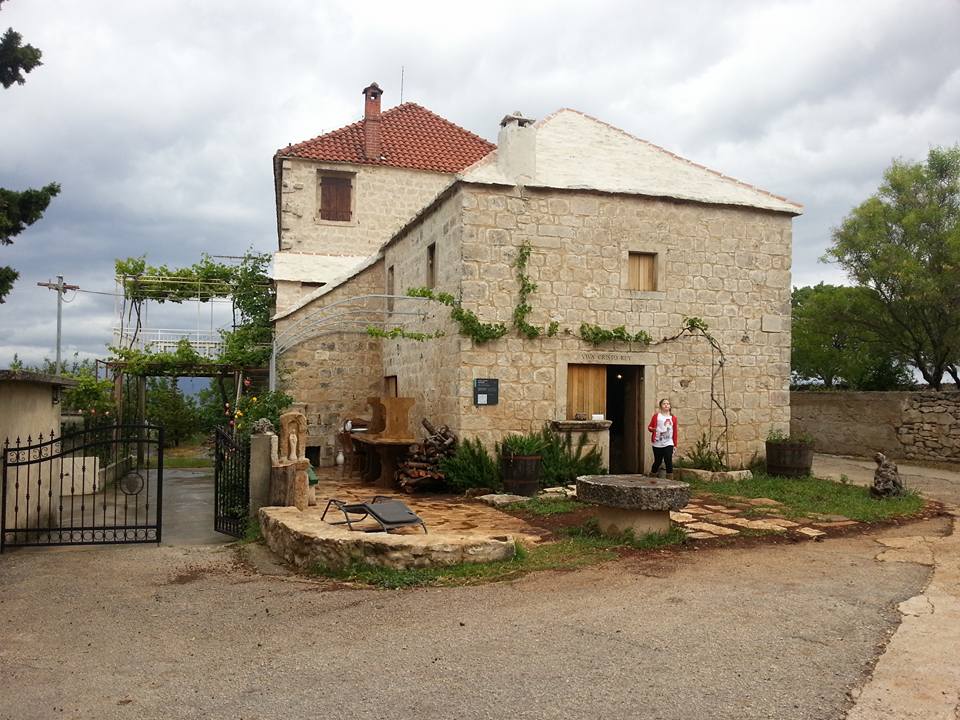
And so I was delighted to learn on the island of Brac that there was an olive oil museum in Skrip, the oldest settlement on the island, which opened in 2013. I wasn’t quite sure what to expect, but whatever it was, my expectations were far exceeded by a fascinating tour of one of the finest traditional Dalmatian attractions it has been my privilege to visit during my time here.
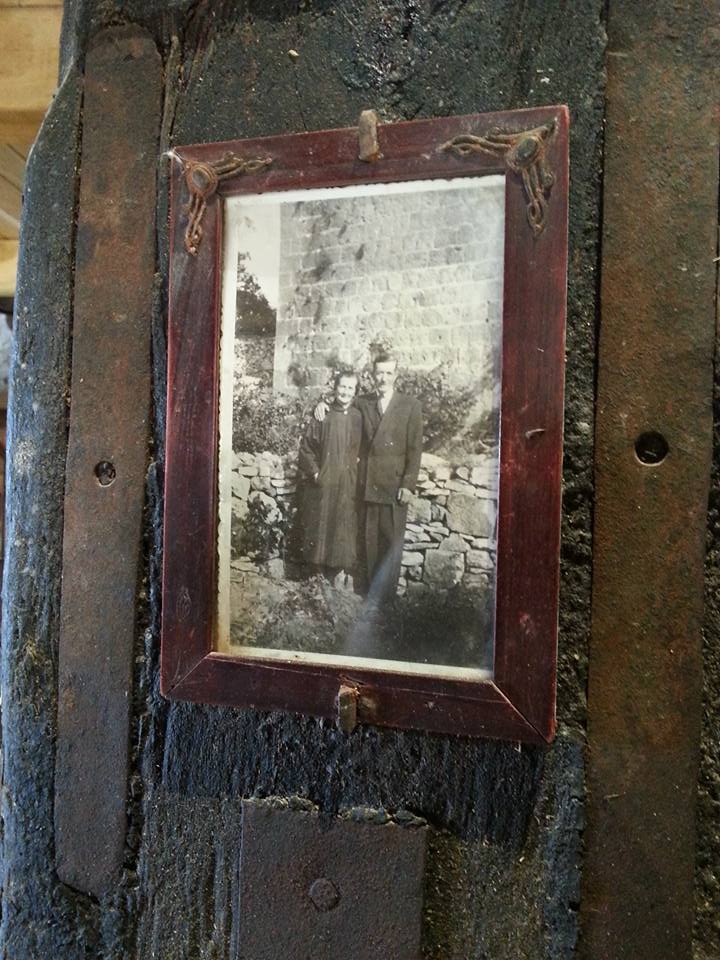
Founded in 1864, the family mill serviced the local community using very traditional methods for almost a century, before the opening of a more sophisticated and quicker mill opened nearby in 1963, bringing to an end the tradition of milling in this family house in Skrip.
While technology was responsible for killing this business, it was somewhat ironic perhaps that some 50 years later, the preservation of traditional methods was the catalyst for the revival of the mill’s fortunes, as it reinvented itself as an olive oil museum, showcasing the old traditional production methods with a seemingly endless supply of authentic and original artefacts.
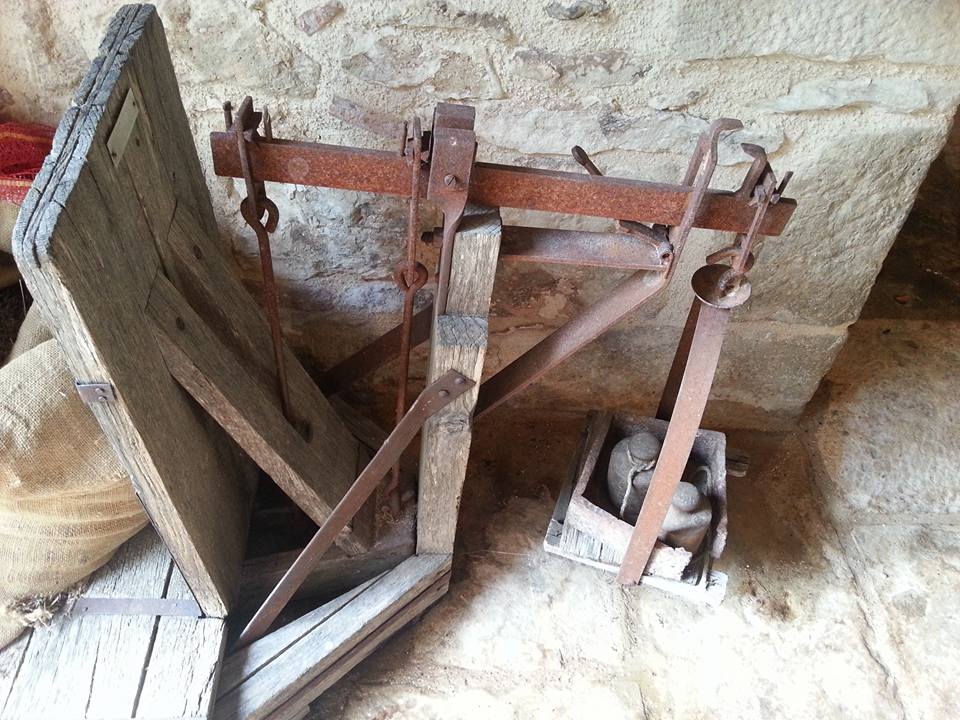
The museum is small, cosy and full of atmosphere, and our excellent quide took us through the various stages of production, starting with the weighing of the olives once they arrived by donkey.
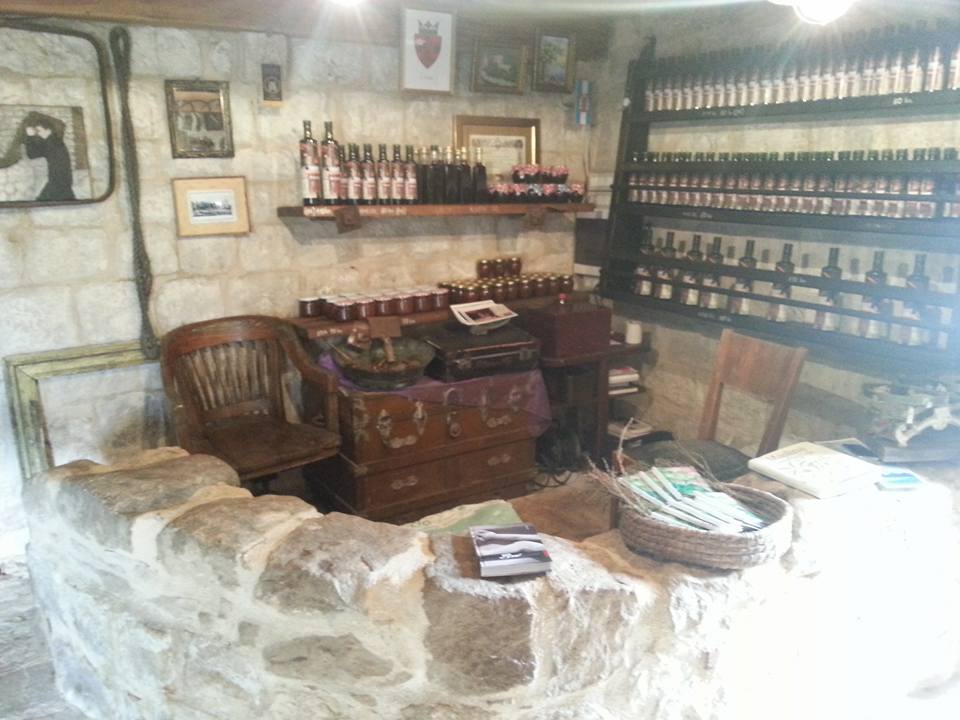
Having been weighed, they were placed in this stone circular container where they were washed. Brac used to have a staggering 3 million olive trees.
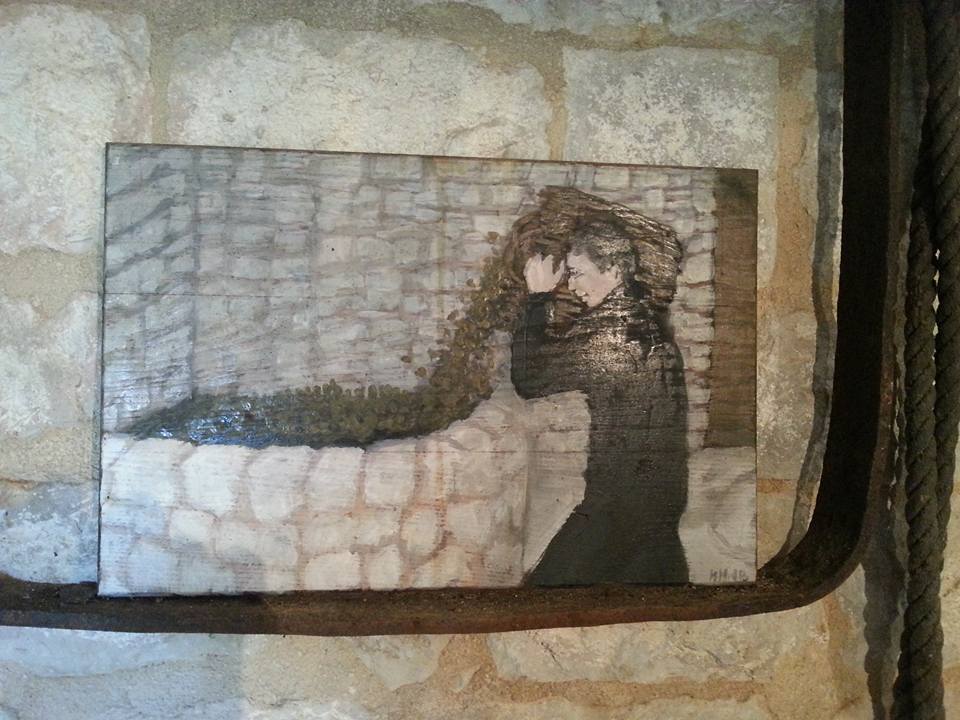
And for an excellent visual effect, a local artist has captured the various stages of production on the walls of the museum.
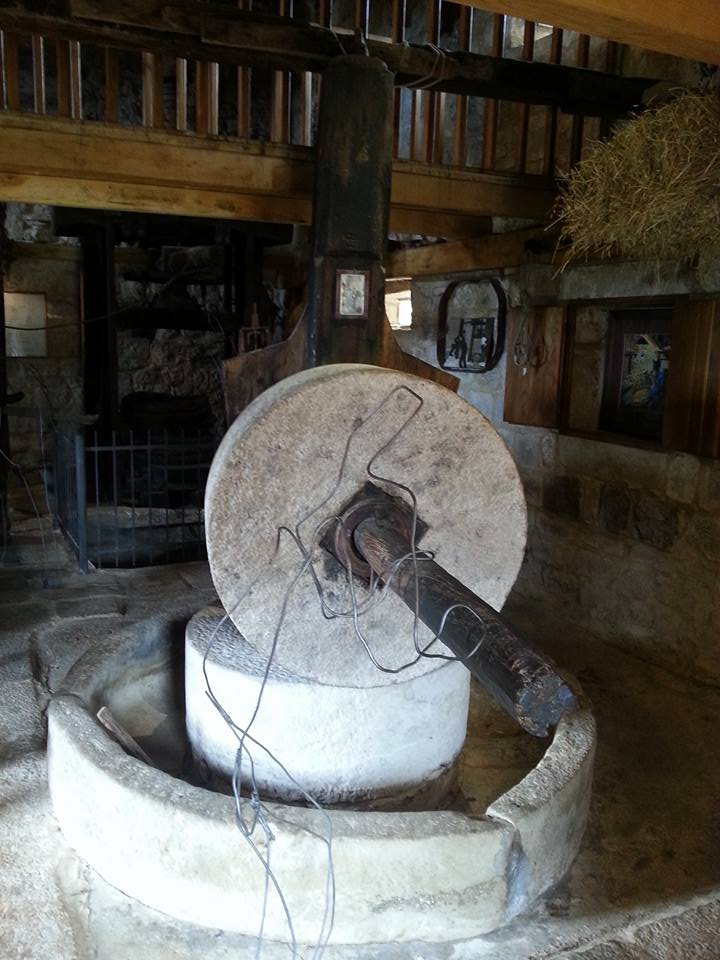
Next up was the central mill where the olive were crushed. A wonderful modern addition were these wire figures, which helps with the visualisation of the process. The figures were actually part of an exhibition by a local artist in Supetar, which were then rescued and put to better use in Skrip.
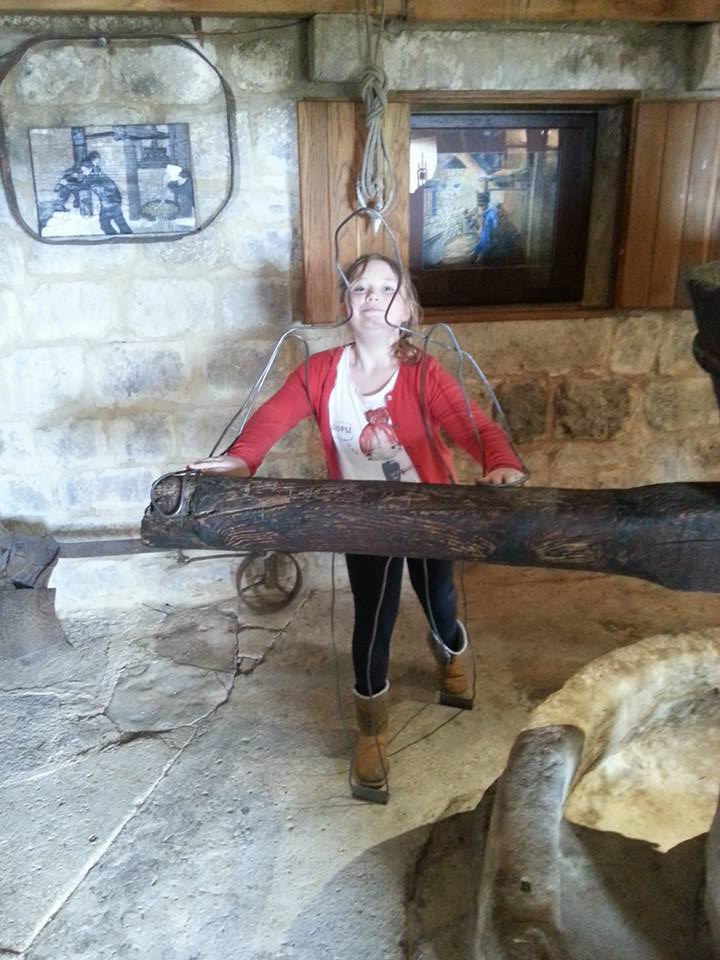
And if you think that this is not an attraction for the little ones, think again – our kids were fascinated by the whole thing.
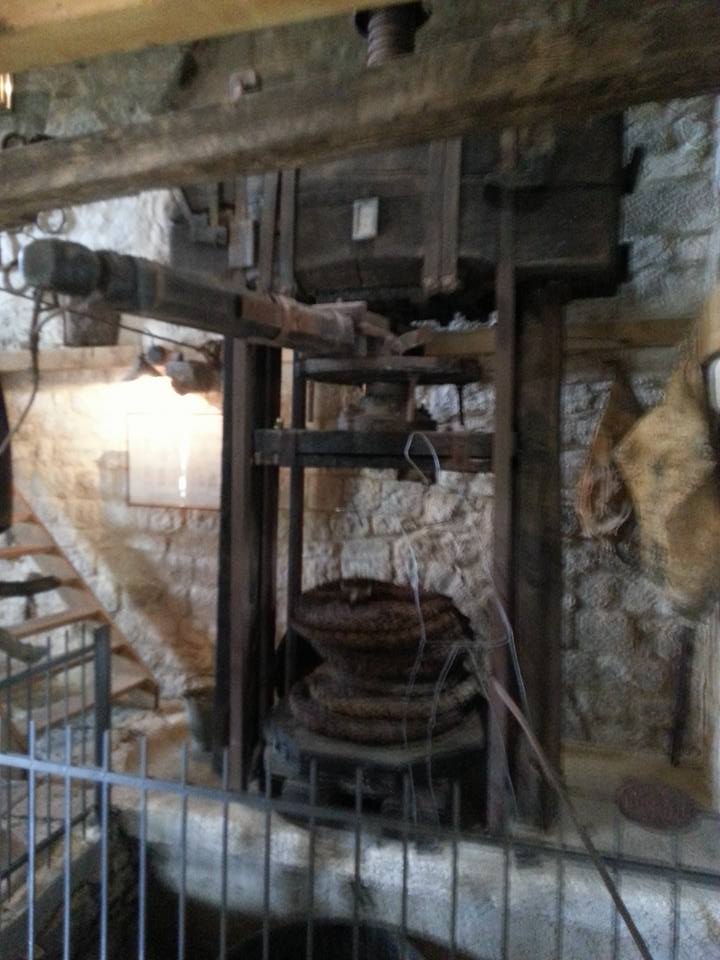
The crushed mush was then moved across for futher pressing and oil extraction in bags made from rope, which resulted in the original virgin press, which produced a yield of approximately 10%.
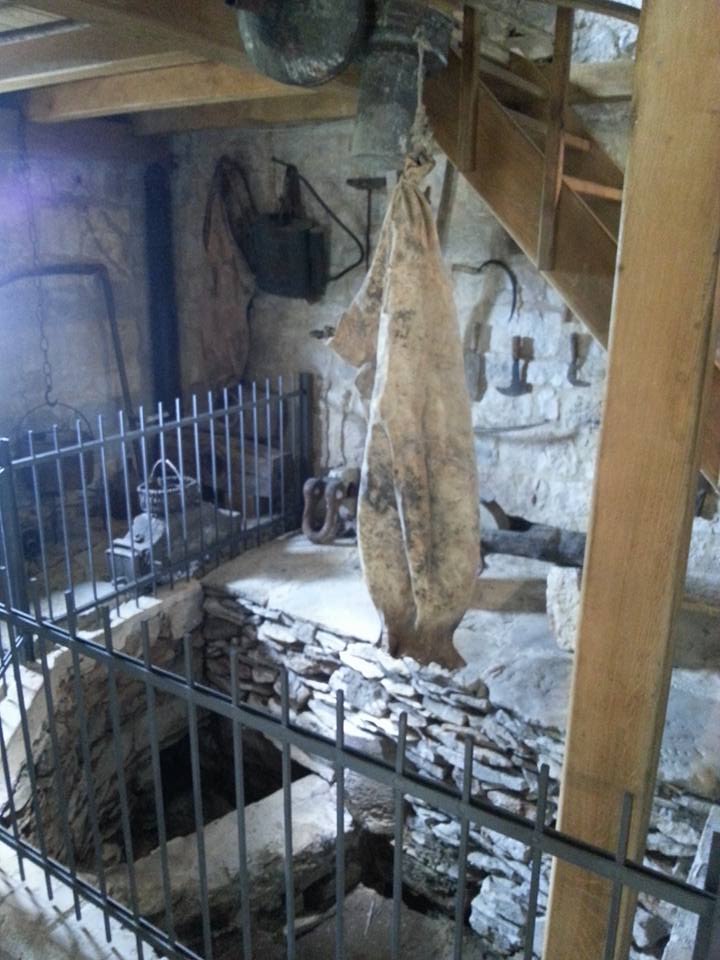
These were then stored in pig skins.
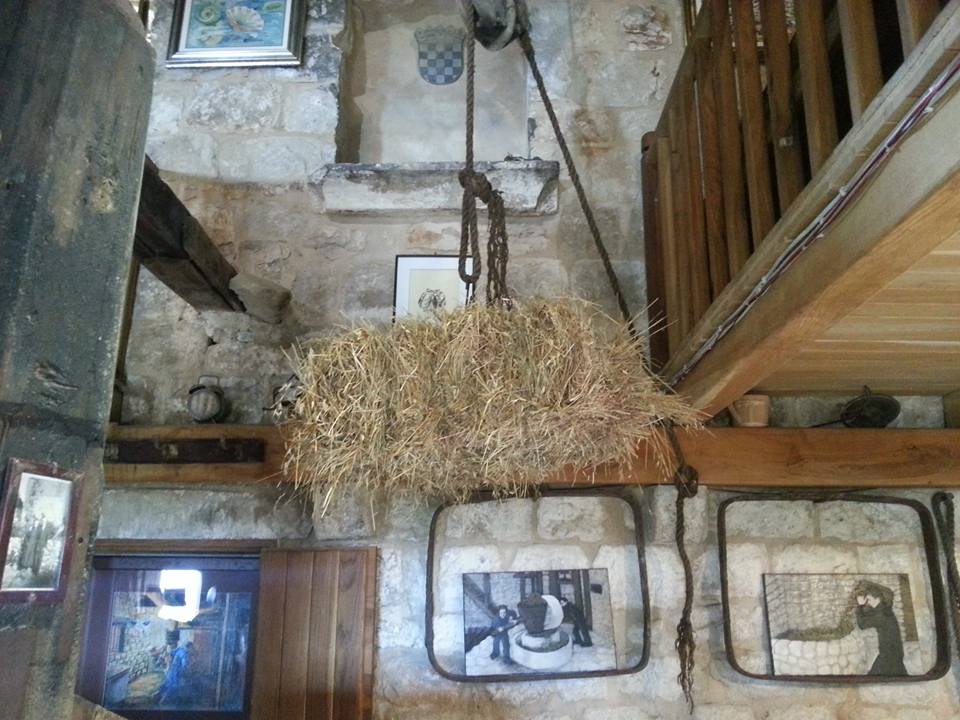
Donkeys were employed in this work, and there was a donkey feeding station in the middle of the room.
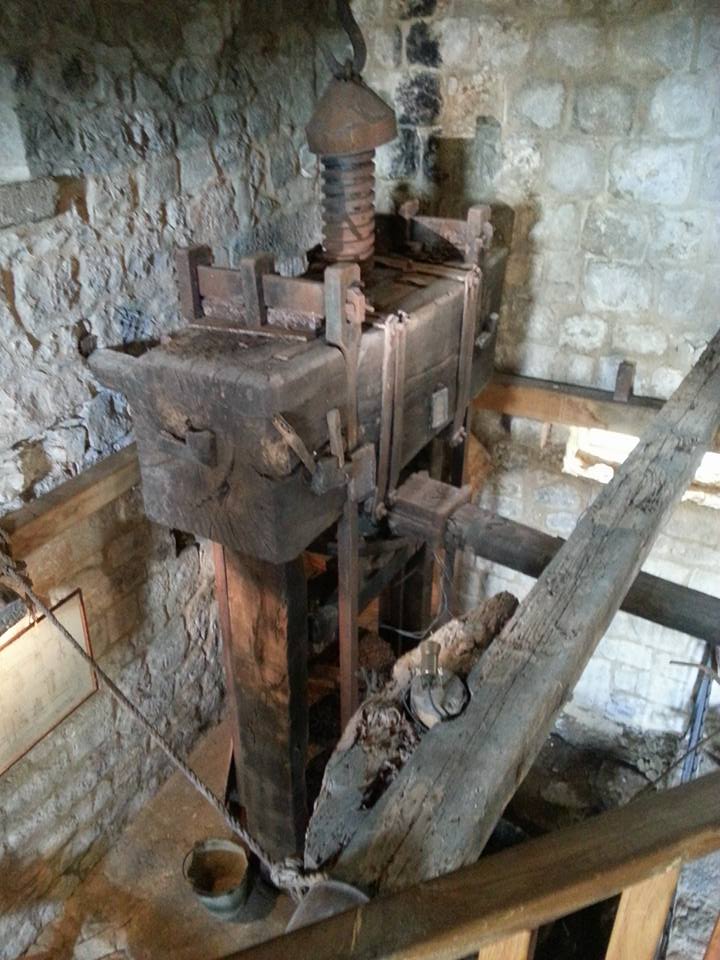
The quality of preservation of the old production tools was extremely impressive.
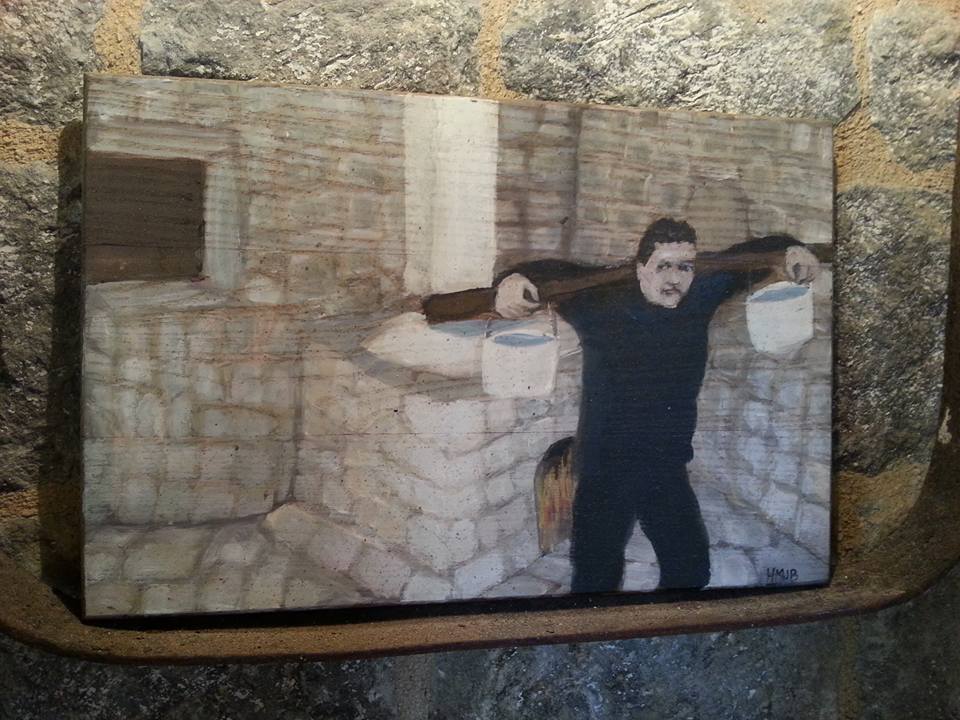
After the first press, water was then heated and carried over in the manner portrayed in the picture above, from where it was added to the remaining mush, resulting in an extra 2% of oil being extracted. The oil sat on top of the water and was scooped off, slightly inferior quality to the first virgin press, but the maximum was extracted.
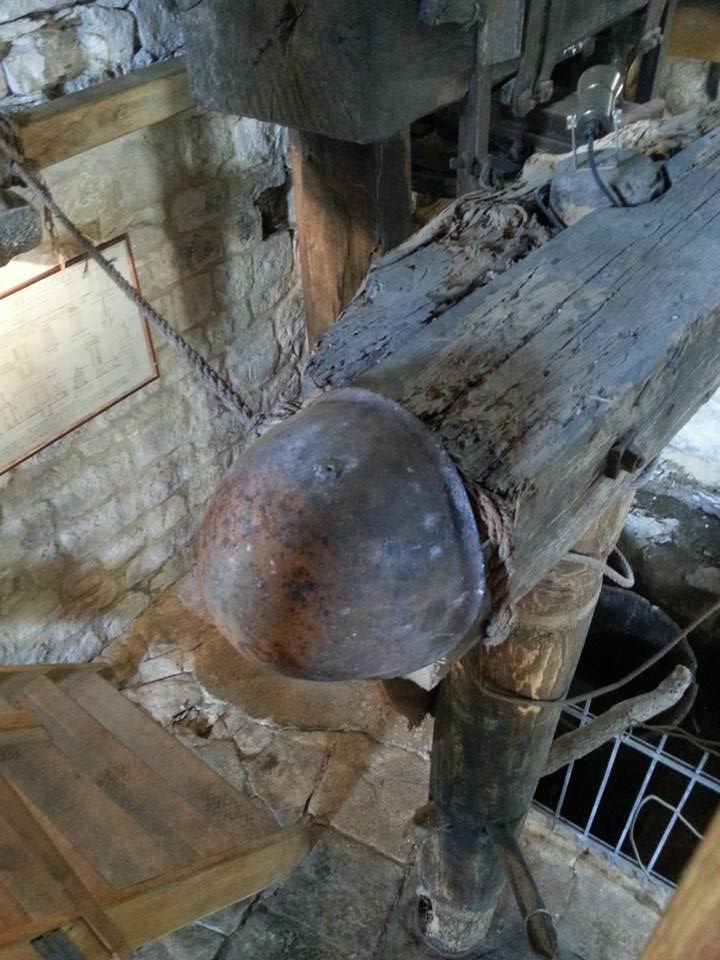
While the method of production was an education, it was the little stories which put the icing on the cake. What looked like a military helmet was on display by the press, which looked a little odd until the reason was explained. During World War II, where the family lost two of their children in the conflict, an Italian soldier was a prisoner in Skrip for three years. He was passionate about olives and knew how to make the rope bags. A friendship ensued, despite the war, culminating in a family member from Skrip attending a wedding in Italy a few years later. While some prisoners were killed, others were kept alive to work, as there was a lack of local manpower due to the war. The Italian soldier’s helmet is a reminder of this little piece of history.
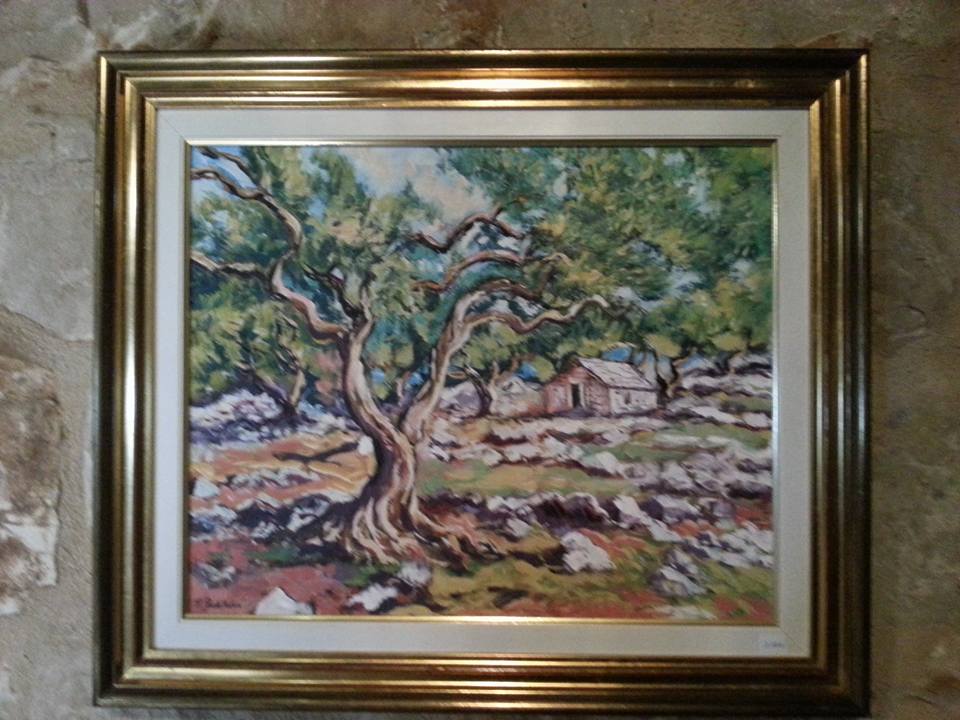
The living quarters on the first floor included another excellent photo exhibition by a local artist. This place was breathing the traditional Dalmatian life in a way I have rarely seen in the region.
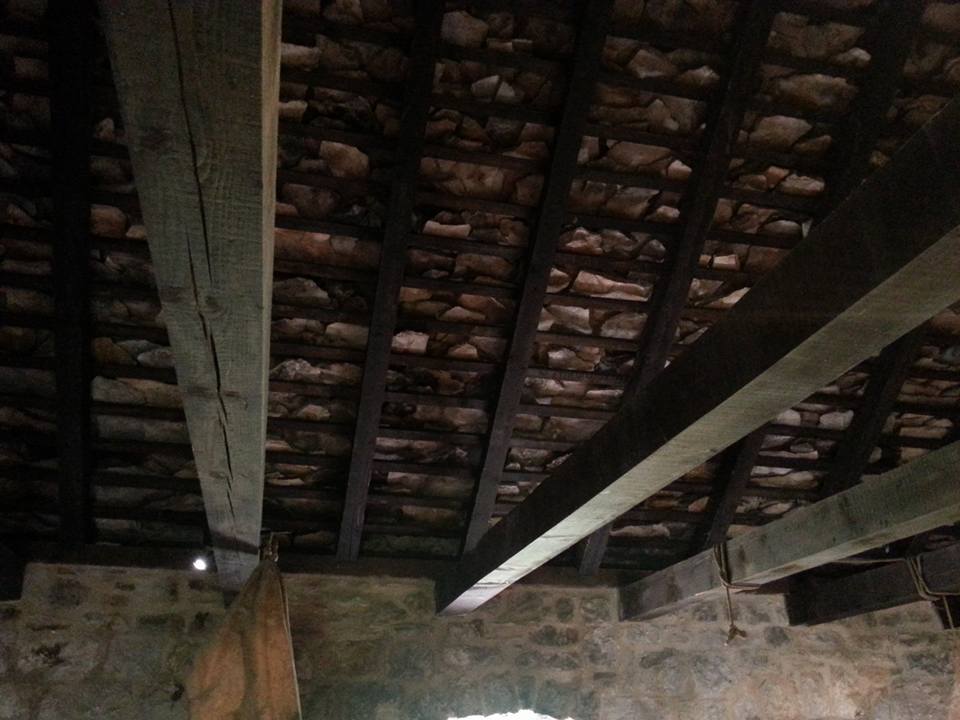
Including the roof, which has been lovingly restored in the traditional and original stone. The owner explained that he had three problems with the authentic restoration of the roof. Firstly, it was almost impossible to find craftsmen in the modern era who could do the job. When they did, most of them were too old to do the job, but finally a local craftsmen from a younger generation was found and put to work. And finally, the roof is not fully waterproof, as it was also not back them. Total authenticity.
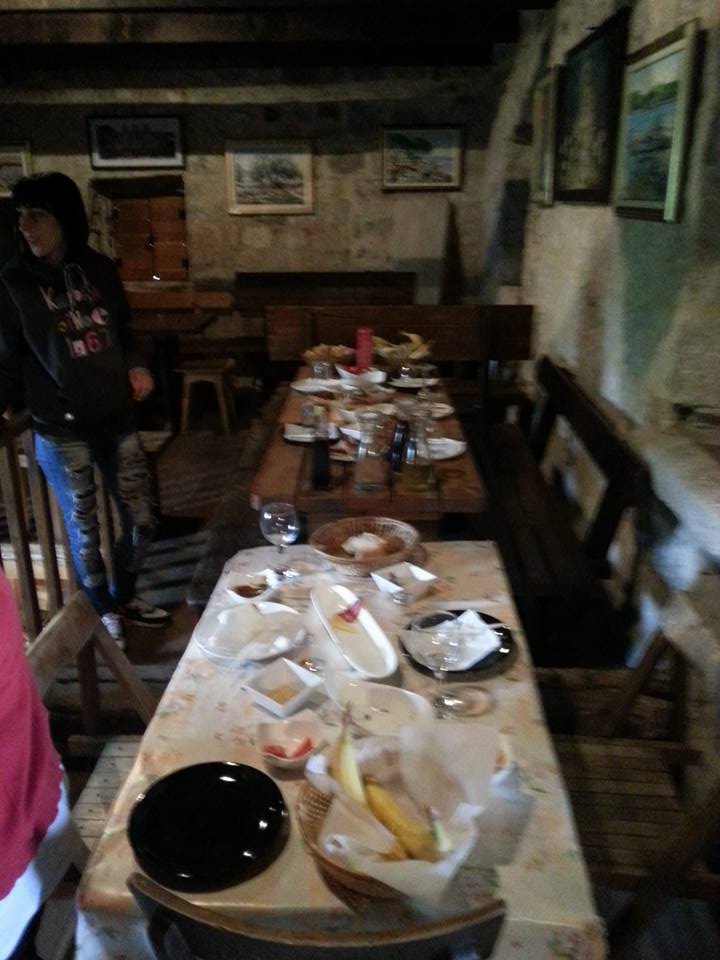
And so to the tasting, which included the outstanding olive oil of course, as well as some fabulous homemade specialities such as pate with local products mixed with green and black olives. Delicious.
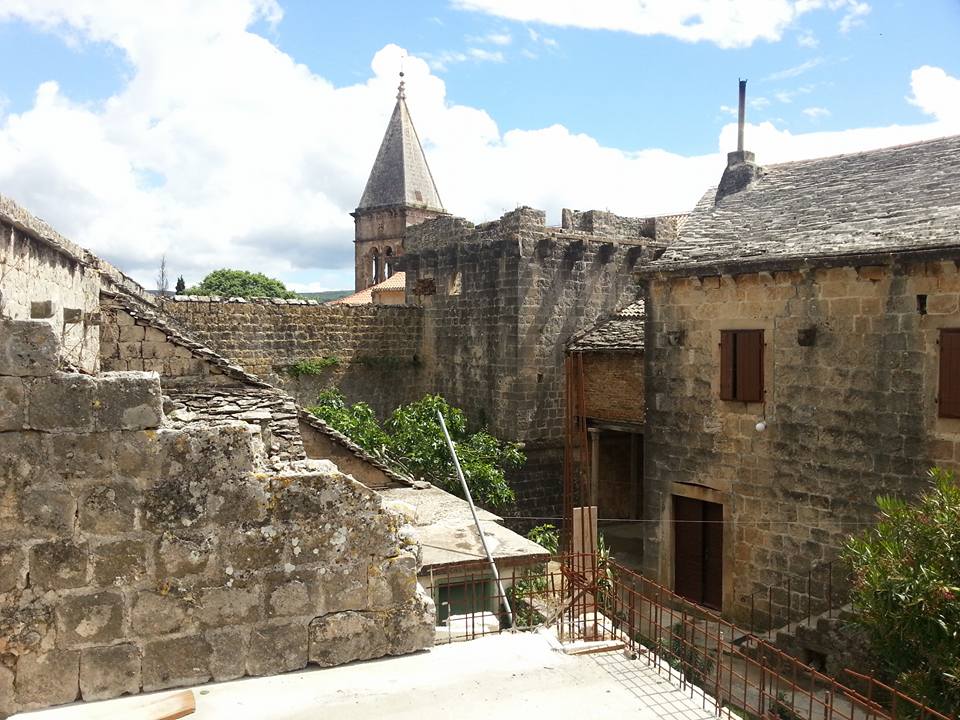
A visit to the olive oil museum alone made the journey to Skrip more than worthwhile, but there is of course plenty more to this spectacular inland village, with its centuries of history, most notably the island of Brac museum, but I was more interested in visiting the home of oil museum owner Kruno Cukrov, where he showed me his plans for restoring another historic building to its former glory. But that is another story…
I really hope that this project gets maximum support, as the painstaking (and expensive) renovation is matched by the quality of the product – a window into a way of life in Dalmatia that will educate even local children. Just as Miki Bratanic’s Konoba in Vrbanj has achieved status of national cultural heritage, so too should this olive oil museum.
Thank you Kruno and family, both for your hospitality and for preserving an important Dalmatian tradition for future generations.
To learn more about the Olive Oil Museum in Skrip (and to book – it is open from 09:00 to 17:00 daily in season, but please phone to check), visit the official website here (available in English and Croatian).









